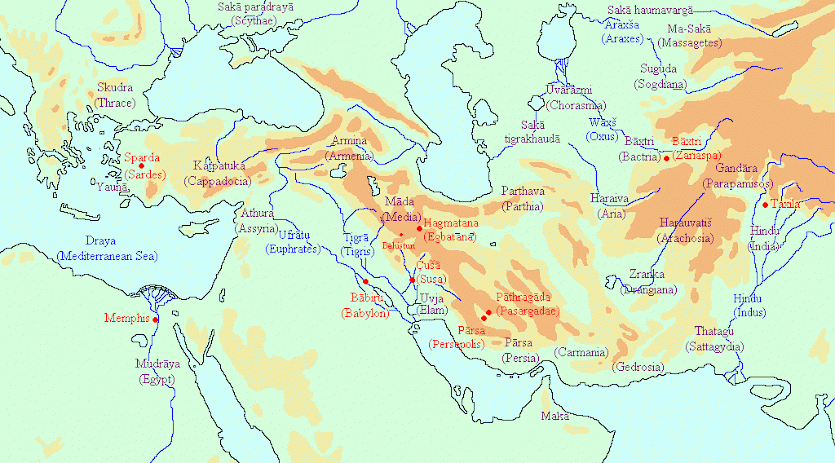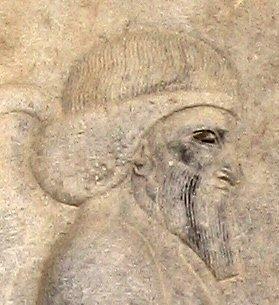Arachosia
Q624638Arachosia (Old-Persian: Harauvatiš, "well watered"): satrapy of the Achaemenid empire (Kandahâr in modern Afghanistan) along the Tarnak river. The country is part of the road from the west of Iran across the mountains to the Indus valley.

Arachosia is situated between Drangiana on the lower Helmond in the southwest and the mountains and valley of Gandara in the northeast. In the Arachosian capital, Kapisakaniš (modern Kandahâr), the road divides: a traveler coming from the west can go upstream along the Tarnak to modern Kabul and the Punjab, or to the southeast, across the Bolan pass to the lower Indus, to Sattagydia.
Arachosia was probably added to the Achaemenid empire during the reign of king Cyrus the Great (559-530 BCE); there are indications that a Persian fortress at Kapisakaniš was built in these years. During the troubles after the death of Cyrus' son and successor Cambyses in the summer of 522, Arachosia sided with the Persian pretender Vahyazdâta. But the legitimate satrap Vivâna stood his ground against Vahyazdâta's troops and secured the loyalty of the region to the new king Darius I the Great in two battles (29 December 522 and 21 February 521).

It seems that Vivâna was succeeded by one Bakabaduš. Later satraps are unknown, except for Barsaentes, who ruled Arachosia under Darius III Codomannus. This was during a war; it is possible that Arachosia was under normal circumstances governed by the satrap of Drangiana.
The Macedonian king Alexander the Great visited Arachosia in March 329 BCE. Afterwards, Kapisakaniš was called Alexandria in Arachosia. After the death of Alexander, it became part of the Seleucid empire. It was briefly subjected to the Indian emperor Ashoka Maurya (272-232 BCE - famous for his rock edicts) and became Sacan and Parthian in the second century BCE.
After the Sacae, the country was called Sacastane, from which the modern name Sistan is derived. The people are known to have believed in a god named Zun, which was worshipped in the shape of a golden statue with eyes made of rubies. The Sistanis managed to ward off Arab attacks in 653-654 and 699-700; the cult continued until the eleventh century.